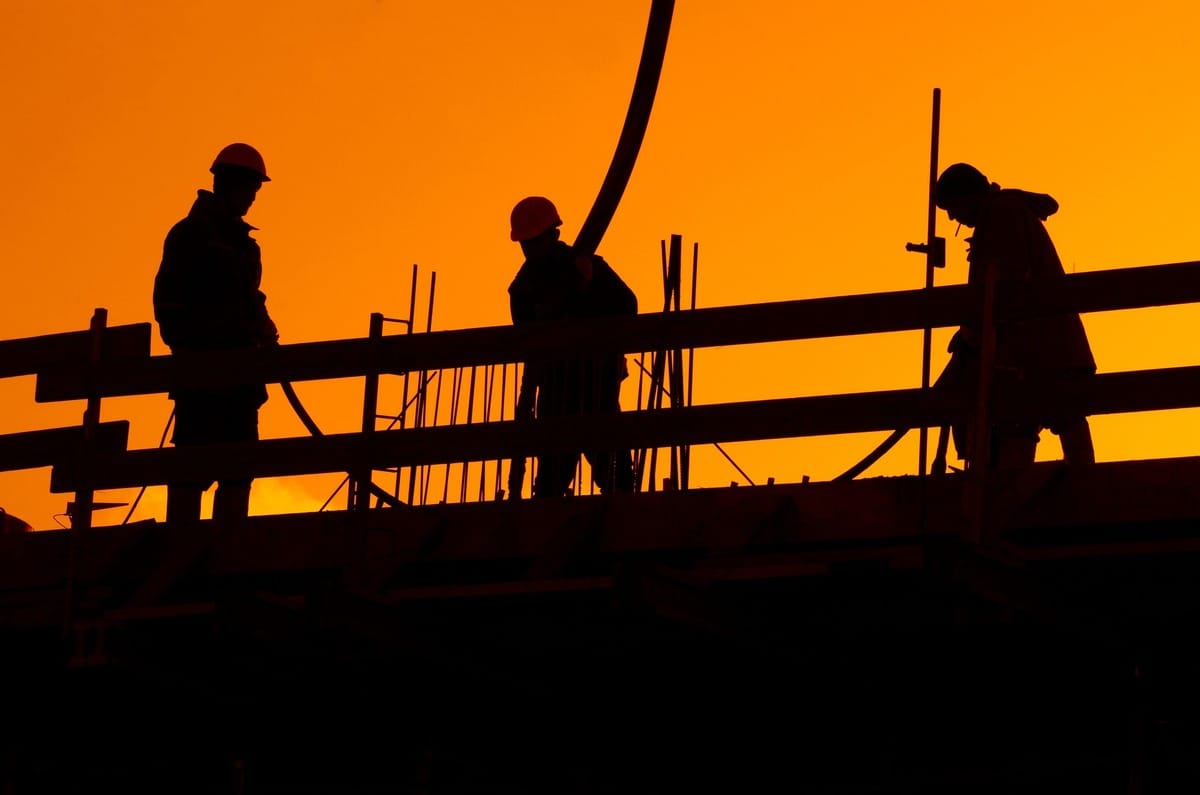- Full Brim Safety
- Posts
- Power Sources and Electrical Safety for Power Tools
Power Sources and Electrical Safety for Power Tools
Full Brim Safety: Build Smart, Build Safe

Power Sources and Electrical Safety for Power Tools
Welcome back, let's Build Smart & Build Safe! We've covered understanding power tool hazards and the crucial importance of pre-use inspections and guards. Today, we're focusing on the lifeblood of most power tools: their power source, and the critical electrical safety measures you must always follow.
Connecting your power tool safely, whether to an outlet, air compressor, or battery, is paramount. Mistakes here can lead to severe electrical shocks, fires, or explosions.
1. Safe Connection for Electrical Power Tools:
Proper Cords: Use only extension cords that are rated for outdoor use, are the correct gauge (thickness) for the tool's power draw and cord length, and are free from any cuts, fraying, or damage. Overloaded or damaged cords are fire and shock hazards.
Grounding: Ensure your tool and cord have a three-prong plug (if applicable) and that the grounding prong is intact.
GFCI Protection is Non-Negotiable: For all electrical power tools used on a construction site, especially in damp or wet conditions, Ground Fault Circuit Interrupters (GFCIs) are required. GFCIs detect ground faults and quickly shut off power, preventing electrocution. Test GFCIs monthly.
Avoid Daisy-Chaining: Never plug multiple extension cords together to reach longer distances, as this can lead to voltage drop and overheating. Use one appropriately-sized cord.
Keep Cords Clear: Position cords to avoid trip hazards and protect them from sharp edges, heat, or being run over by equipment.
2. Battery-Powered Tool Safety:
Use Correct Chargers: Only use the charger specifically designed for your tool's battery pack.
Store Properly: Store batteries in a cool, dry place, away from direct sunlight or extreme heat. Do not store them loose in pockets with metal objects (keys, coins) which can short-circuit them.
Inspect for Damage: Do not use or charge damaged, swollen, or leaking battery packs. Dispose of them properly.
3. Pneumatic (Air-Powered) Tool Safety:
Secure Hoses: Ensure air hoses are securely connected with proper fittings and are free from kinks, cuts, or bulges.
Correct Pressure: Do not exceed the manufacturer's recommended air pressure for the tool.
Never Point at Anyone: Never point an air hose or a pneumatic tool (like a nail gun) at yourself or others.
Disconnect When Not In Use: Always disconnect pneumatic tools from the air supply when not in use, before changing accessories, or before performing maintenance.
4. Fuel-Powered Tool Safety (e.g., Gas Saws, Generators):
Proper Fueling: Fuel only in well-ventilated areas, away from ignition sources. Use proper, approved fuel containers.
Cool Down Before Refueling: Allow tools to cool before refueling to prevent ignition of fuel vapors.
Ventilation for Generators: Never operate gasoline generators indoors or in poorly ventilated areas due to the risk of carbon monoxide poisoning. Ensure they are properly grounded.
Understanding and respecting the power source of your tools is paramount. A momentary lapse can have severe consequences. Tomorrow, we'll dive into safe operation techniques and the specific PPE required for different power tools.
Don't forget to sign your friends up for Full Brim Safety for your daily dose of construction safety tips!
-The Safety Man
